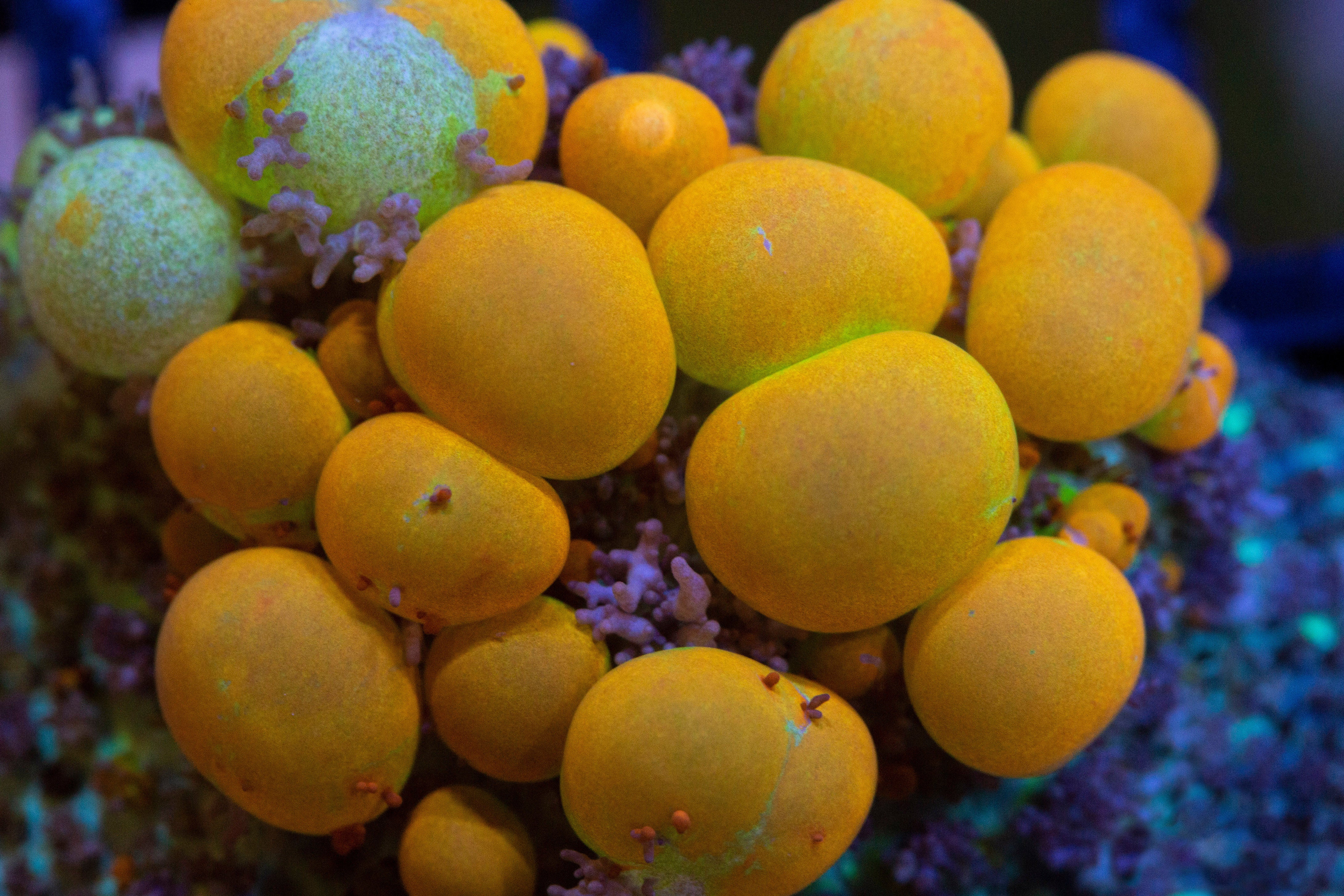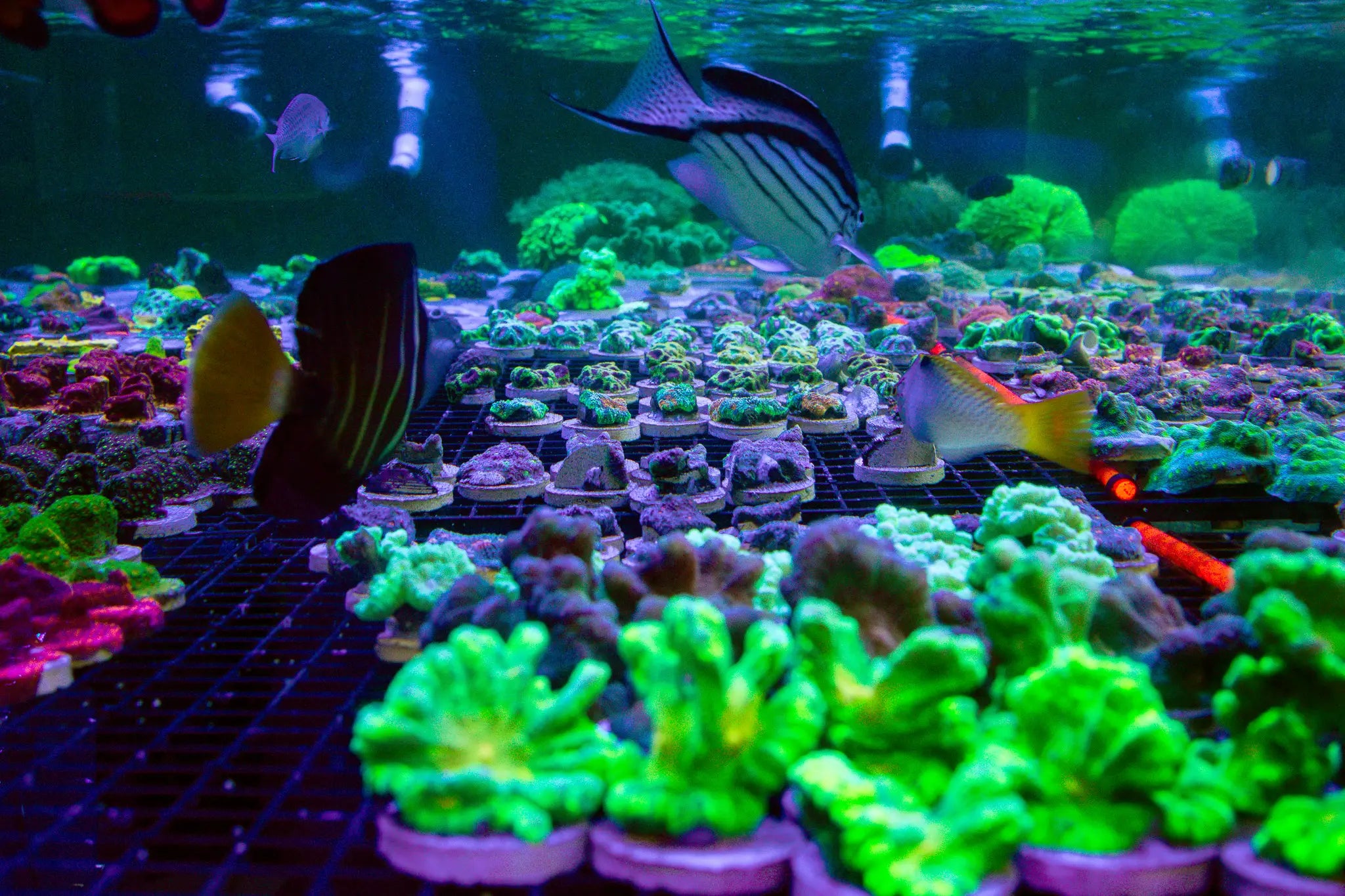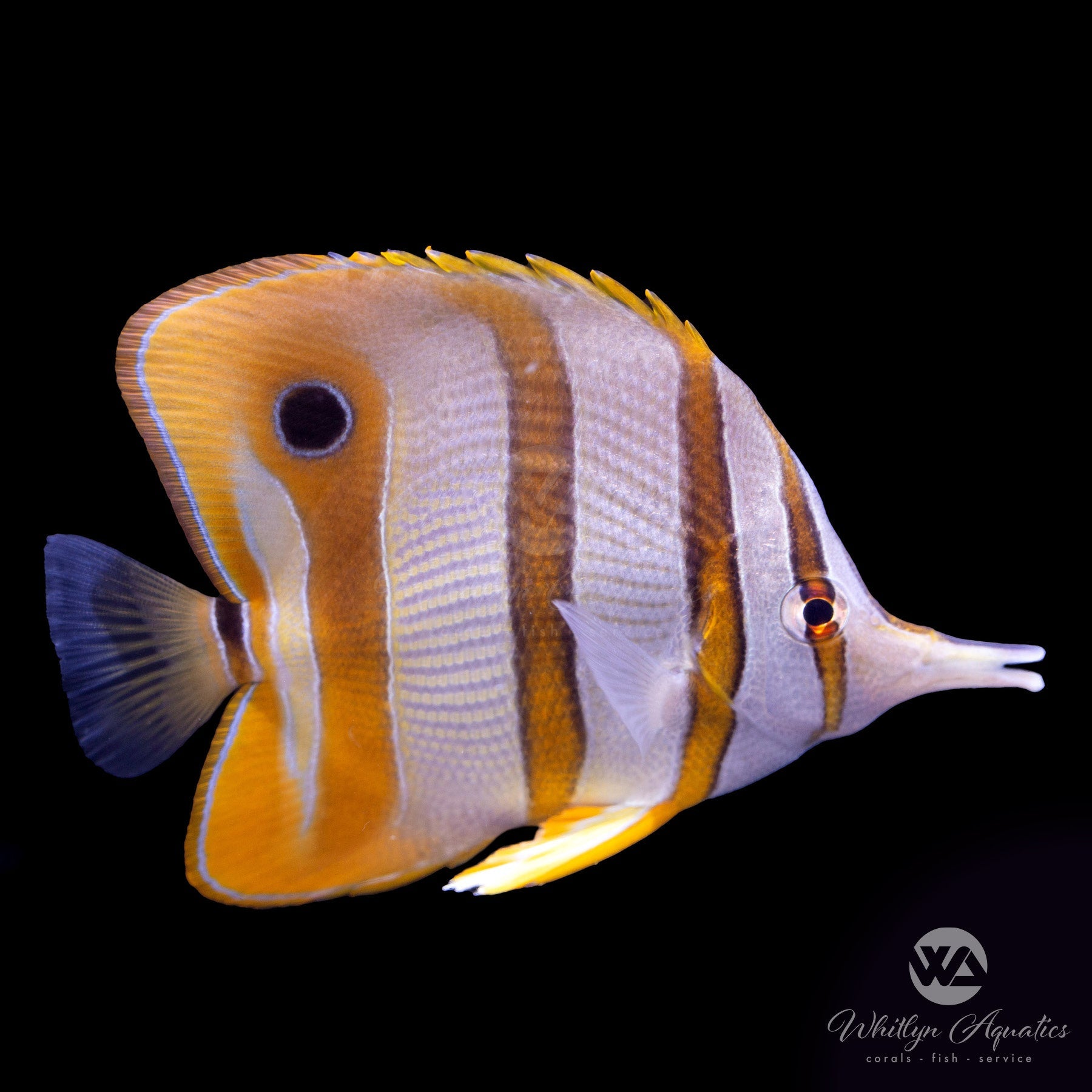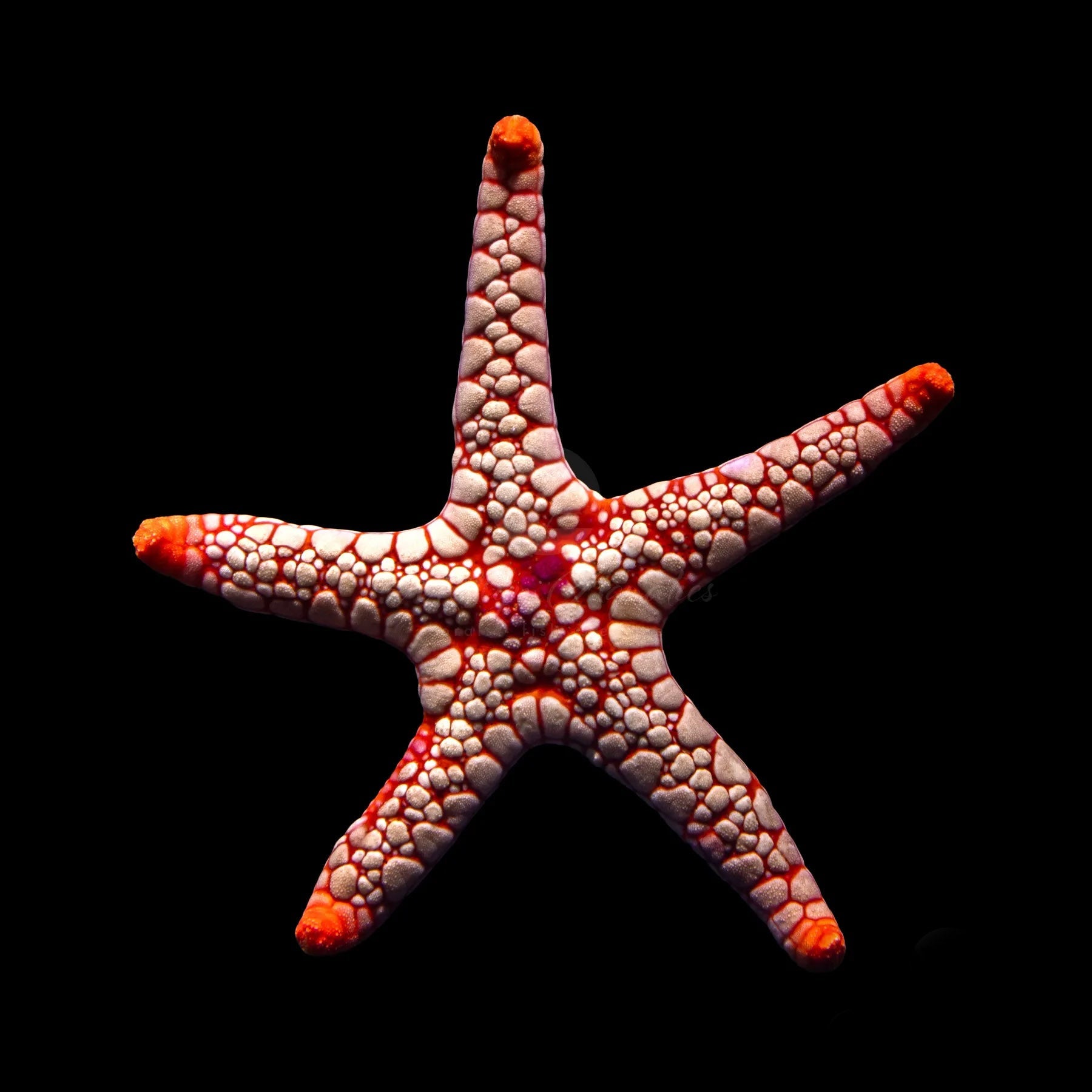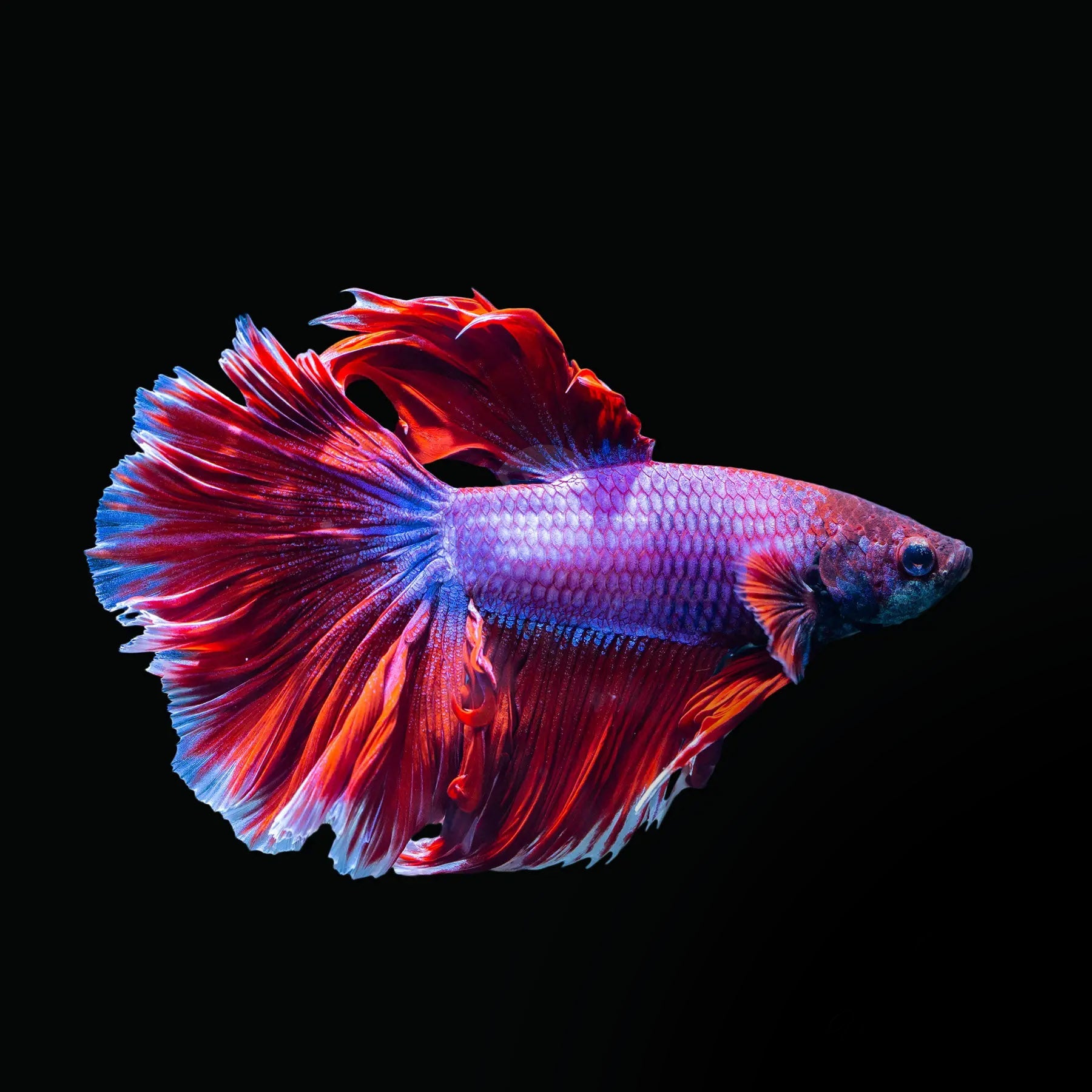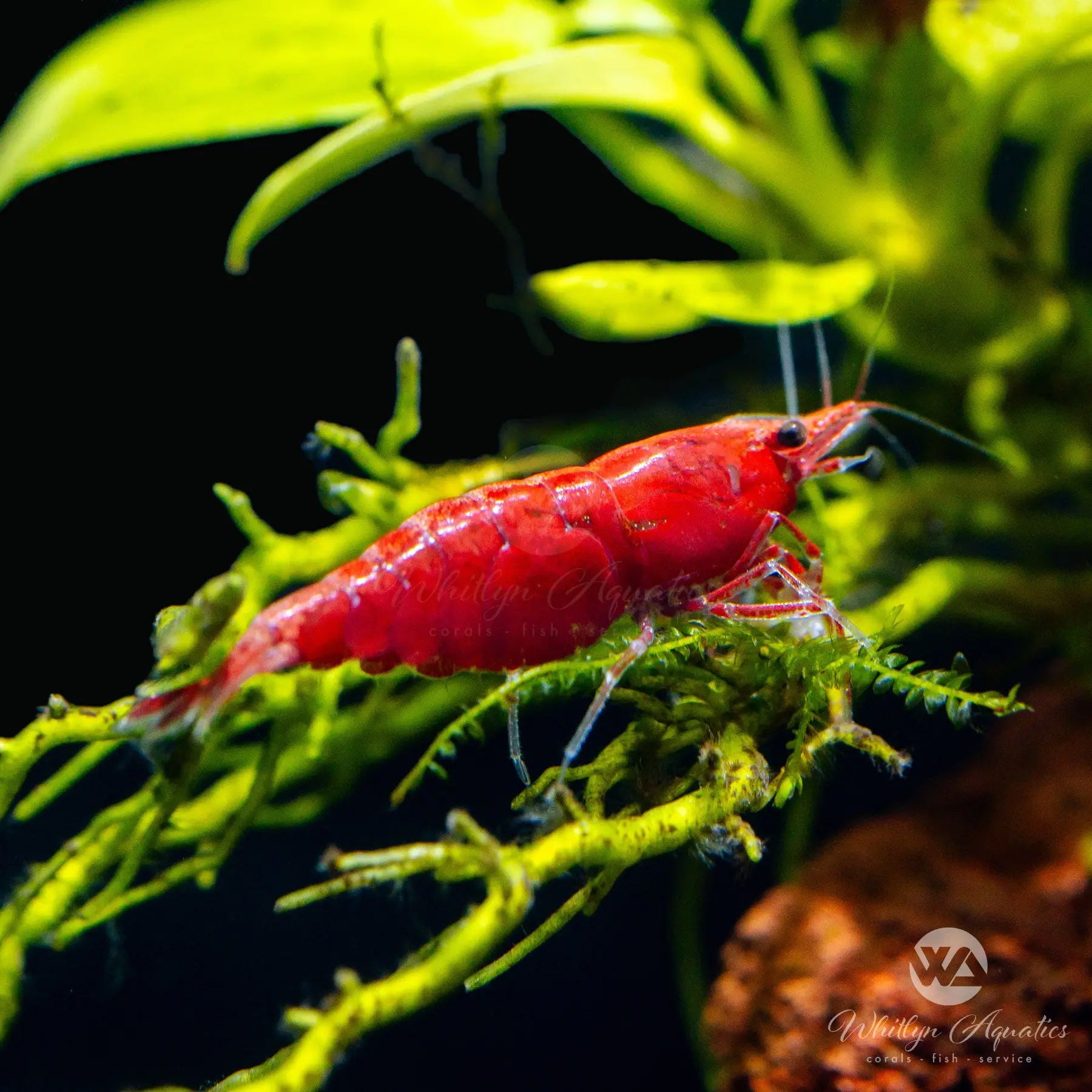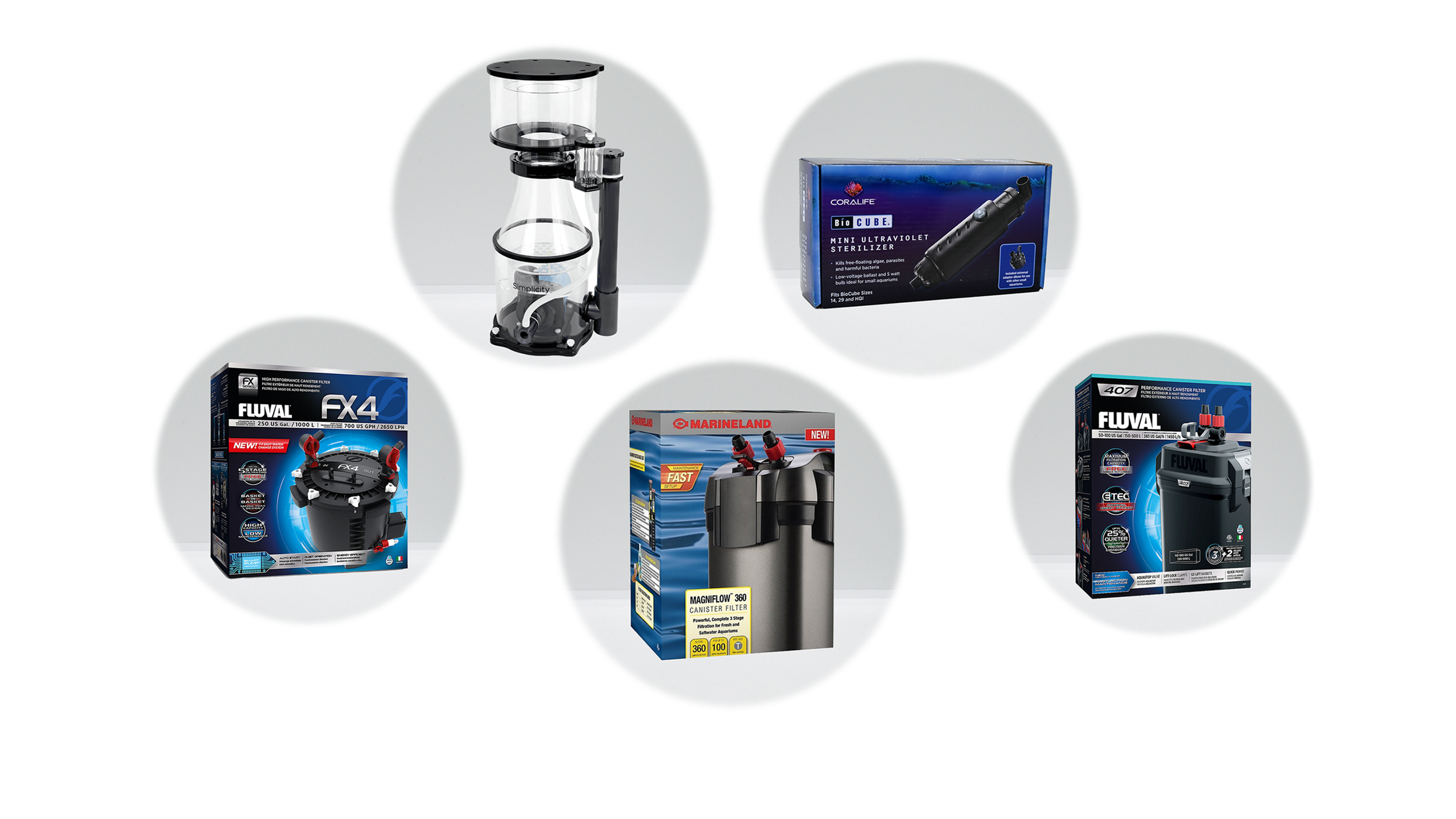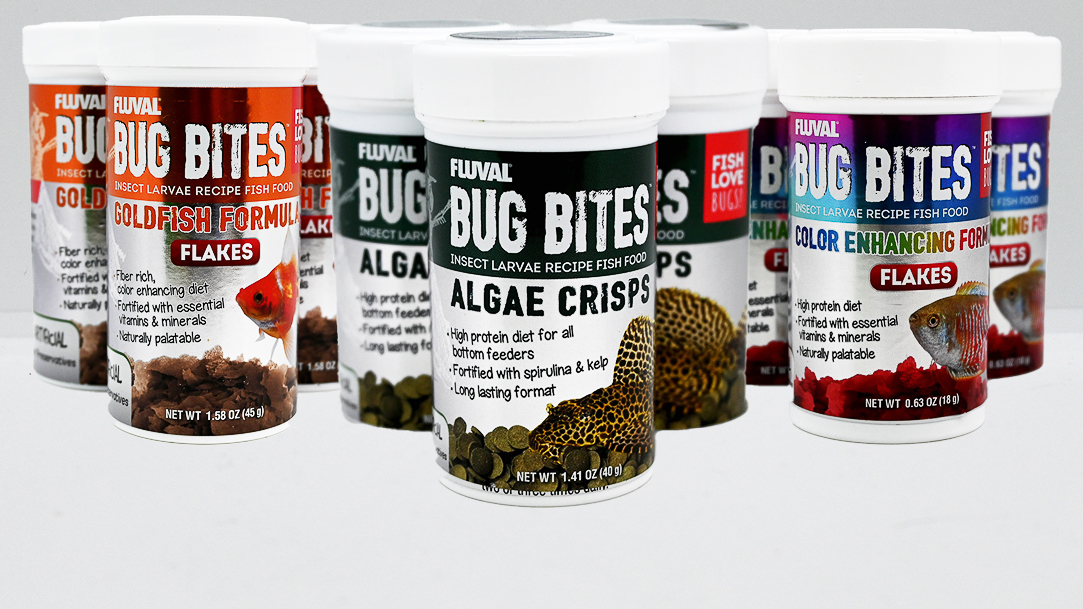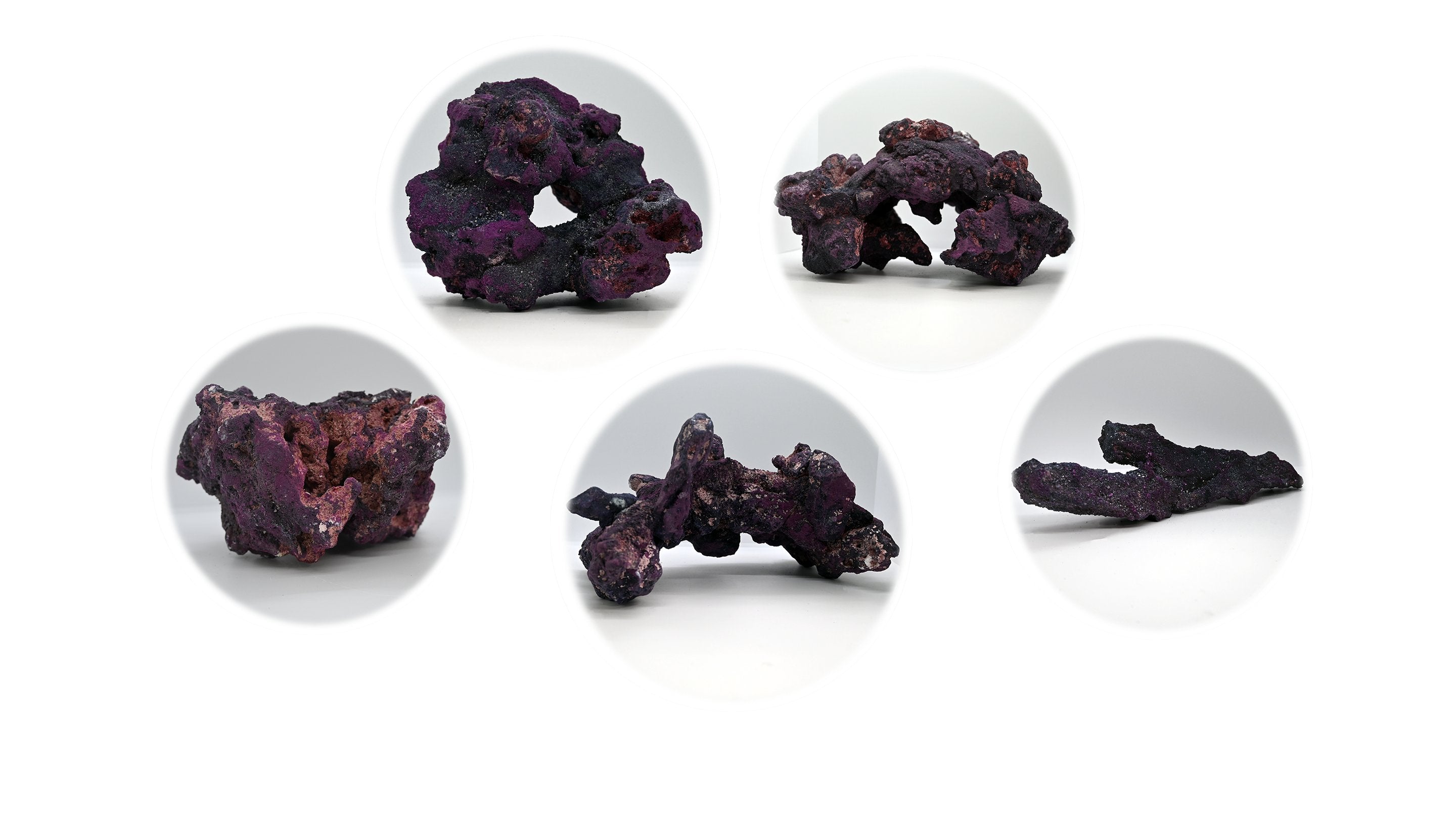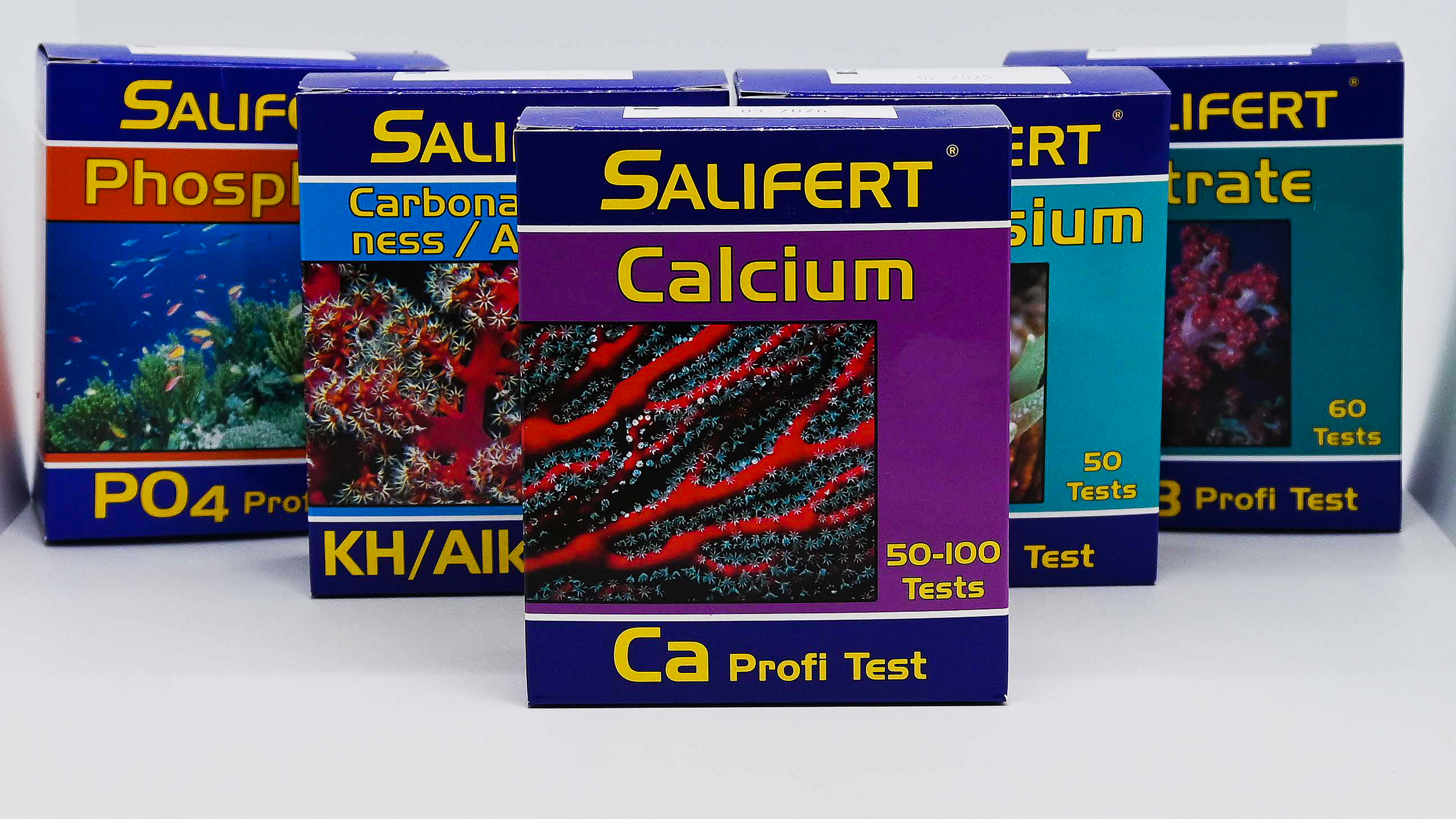
Blue Streak Cleaner Wrasse - Labroides dimidiatus
- In stock, ready to ship
- Backordered, shipping soon
The Blue Streak Cleaner Wrasse, also known as the Cleaner Wrasse, is a popular reef fish recognized for its striking blue and black stripe along a slender silver body. Famed for its natural cleaning behavior, this wrasse removes parasites and dead tissue from other fish, making it a fascinating and beneficial addition to mature reef aquariums.
Description:
Common Names: Blue Streak Cleaner Wrasse, Cleaner Wrasse
Scientific Name: Labroides dimidiatus
Family: Labridae
Size: Up to 4 inches (10 cm)
Temperament: Peaceful
Difficulty: Moderate
Reef Safe: Yes
Native Region:
Widely distributed throughout the Indo-Pacific, inhabiting coral reefs where it establishes cleaning stations attended by other reef fish.
Aquarium Setup:
Tank Size: Minimum of 55 gallons
Temperature: 74–80°F (23–27°C)
pH: 8.0–8.4
Salinity: 1.023–1.025
Substrate: Coral-rich reef tanks with plenty of hiding spots; requires stable water parameters and mature aquariums.
Additional Tips:
• Feeding: Primarily feeds on parasites and dead tissue from other fish in the wild; in captivity, may require frozen mysis, enriched brine shrimp, or specialized diets.
• Behavior: Peaceful cleaner fish that may establish cleaning “stations” and interact with other tankmates.
• Compatibility: Reef safe and non-aggressive, but needs a mature tank with established populations to thrive.
• Care Note: Difficult to keep long-term in captivity due to specialized diet; best suited for experienced aquarists or established reef systems.





